From integrated watershed management to water budgeting, from sustainable agriculture to overall agricultural transformation, from biodiversity conservation to eco-tourism, the Susthira Thrithala project, initiated in the Thrithala constituency of Kerala’s Palakkad district, demonstrates the benefits of decentralised governance, community participation and scientific planning for inclusive growth
The Susthira Thrithala project, initiated in the Thrithala constituency of Kerala’s Palakkad district, represents a pioneering model in India’s pursuit of sustainable rural development. Faced with an alarming decline in groundwater levels despite the presence of the Bharathapuzha River, the initiative offers a robust and integrated approach to resource conservation, ecological restoration, agricultural revitalisation, and grassroots empowerment. By aligning with Kerala’s localisation of the Sustainable Development Goals (SDGs), Susthira Thrithala demonstrates how decentralised governance, community participation, and scientific planning can come together to build environmental resilience and inclusive growth.
Understanding the Context: Ecology, Culture and Crisis
Thrithala spans 19,417 hectares across eight gram panchayats and is shaped by the 26 km-long stretch of the Bharathapuzha River. Despite receiving an average of 2,200 mm of rainfall annually, the region has been classified as semi-critical in groundwater status by the Central Groundwater Board due to unsustainable practices such as unregulated sand mining, conversion of paddy fields, climate variability and degraded water bodies.
The region is home to rich biodiversity and a strong cultural legacy, including Sanskrit scholarship centres and historical sites. However, over the past decades, intensive land use changes, erosion-prone soils and infrastructural neglect have pushed the region towards ecological fragility. With agriculture being the primary livelihood, the decline in water availability posed a significant threat to food security, livelihoods and environmental sustainability.
Vision and Leadership: From Constituency to Community Planning
Conceptualising this project was a crucial step. Grounded in principles of participatory governance, subcommittees comprising various line departments—Agriculture, Irrigation, Environment, Local Self Government and Education—were formed to map out development plans. A technical committee ensured scientific rigour and policy coherence.

The project was designed around Themes 4 and 5 of Kerala’s SDG localisation framework:
- Theme 4 – Water Sufficient Villages (SDG 6)
- Theme 5 – Clean and Green Villages (SDGs 13 & 15)
The integrated vision sought to conserve water, regenerate land, build community capacity and foster climate-resilient practices.
Integrated Watershed-Based Development
A cornerstone of the initiative is watershed management, leveraging 32 micro-watersheds across the Bharathapuzha, Keechery and Kanjiramukku basins. Key interventions included:
- Construction of Check Dams and Recharge Structures: Sites like Kuttakkadavu and tributaries such as Parappanthodu were fitted with vented cross bars and bunds, slowing runoff and enhancing infiltration.
- Revival of Water Bodies: Over 64 public ponds and 139 canals were renovated, increasing their capacity to retain monsoon water.
- Soil and Water Conservation Works: Earthen embankments, rain pits, and vegetative barriers were constructed, especially in slope-prone areas, to prevent erosion and improve percolation.
These interventions have led to a notable rise in groundwater levels. Observation wells recorded an improvement from 11 meters in 2020 to 10.18 meters in 2025, signalling effective recharge.
Artificial Groundwater Recharge and Water Budgeting
Thrithala became the first constituency in India to prepare a Water Budget at both the gram panchayat and constituency levels. This data-driven approach ensures judicious water planning and conservation.
Artificial recharge systems were installed in 40 public institutions, harnessing rooftop rainwater and channelling it into recharge pits. Collectively, these systems harvest over 8.39 million litres annually. Further, 436 new wells and well recharge systems in over 600 households have supplemented local water availability.
Revival of Paddy Fields and Agricultural Transformation
Paddy cultivation, once declining due to water scarcity, has been rejuvenated across 556 hectares, producing an additional 667 tons of rice annually. This revival contributes significantly to local food security and wetland conservation.
Thrithala also saw a massive plantation drive, with over 100,000 coconut saplings planted and integrated farming introduced across 27 acres. Moreover, mushroom farming was introduced as a novel livelihood opportunity, turning Thrithala into Palakkad’s first “mushroom village” with 100 active beds.
These initiatives restore traditional agriculture while opening up diversified and sustainable income sources for the farming community.
Sustainable Agriculture and Organic Farming
A key pillar of the project is a transition to low-carbon, sustainable agriculture:
- Organic Farming: Encouraged through composting, crop rotation and the use of green manure to enhance soil health.
- Agroforestry and Mixed Cropping: The Adoption of native species like mango and jackfruit restores biodiversity and improves soil moisture retention.
- Integrated Farming: Animal husbandry, aquaculture and horticulture are practised in synergy to optimise resources.
These measures reduce dependency on chemical inputs, improve climate resilience, and align with SDG 13 (Climate Action) and SDG 15 (Life on Land).
Green Energy and Waste Management
The constituency has adopted renewable energy solutions to minimise its carbon footprint. Rooftop solar installations across government buildings now produce 3.8 MW of clean energy, significantly reducing dependence on fossil fuels.
In collaboration with Suchitwa Mission and Clean Kerala Company, waste management has undergone a dramatic transformation:
- 234 Mini Material Collection Facilities (MCFs) were established.
- 281 tons of non-biodegradable waste were scientifically processed, cutting carbon emissions by 16%.
- User fee collection surpassed 70% in 120 wards, indicating high community compliance.
Community Participation and Institutional Convergence
The success of Susthira Thrithala lies in its deep-rooted community ownership. Local Self Governments, Kudumbashree units, resident associations, students, and MGNREGS workers participated actively in every phase—planning, execution and monitoring.
Initiatives such as:
- Cloth Bag Campaigns, distributing 25,000 bags to reduce plastic waste,
- School Sustainability Clubs are fostering eco-consciousness among students, and
- Green Protocol adoption in government offices has contributed to widespread environmental awareness and action.
This inclusive governance model ensures social equity and long-term project sustainability.
Fisheries and Biodiversity Conservation
Thrithala has also invested in sustainable inland fisheries, introducing over 53,000 fishlings into 85 public ponds. Local fish varieties such as Varal and swordfish are cultivated using low-impact methods.
The restoration of wetlands and riparian vegetation has enhanced local biodiversity, improved aquatic ecosystems and generated supplementary income for fishing communities.
Eco-Tourism and Green Infrastructure
With its backwaters, meadows and heritage sites, Thrithala is promoting eco-tourism as a means of sustainable economic development. Efforts include:
- Restoration of Kattilmadam and other heritage sites,
- Development of nature trails, and
- Community-managed tourist spots with zero waste goals.
These initiatives combine conservation with livelihood generation, ensuring ecosystem protection while boosting local economies.
Funding, Policy Integration and Replicability
The project’s financial model ensures sustainability through convergence with various schemes such as MGNREGS, NABARD, Watershed Development Programs and Departmental Plans. LSGIs play a pivotal role in integrating actions across departments—Agriculture, Irrigation, Groundwater, Environment and Panchayati Raj.
Susthira Thrithala offers a replicable model for constituencies across India. Its data-based planning, community-centric approach and integration across departments and SDGs make it a blueprint for holistic, scalable rural development.
Results and Measurable Impact
The project has delivered tangible results across key areas:
Water Resource Management
- 107 agricultural ponds constructed
- 64 ponds and 139 canals renovated
- 8.39 million litres/year of rainwater recharged
- Well water levels improved across the constituency
Agricultural Revival
- 667 tons of additional rice are produced annually
- Coconut cultivation, mushroom farming and vegetable gardens expanded
Renewable Energy and Waste Reduction
- 3.8 MW of solar energy generated
- 16% reduction in carbon emissions through solid waste management
Community and Institutional Engagement
- Active participation from Kudumbashree, MGNREGS workers, students and traders
- Educational campaigns and capacity-building programs were conducted across all nine panchayats
Conclusion: A Green Constituency in the Making
The Susthira Thrithala project exemplifies what can be achieved when visionary leadership, scientific planning and people’s participation converge. By focusing on not letting a single drop of rain go to waste, restoring natural ecosystems, and fostering institutional synergy, the project has laid the groundwork for a green, self-reliant, and resilient rural future.
As Kerala and the rest of India grapple with climate change, water stress, and rural livelihood challenges, Thrithala shines as a beacon of sustainable transformation—a living proof that grassroots action can shape national outcomes when guided by inclusive, ecological, and future-ready policies.






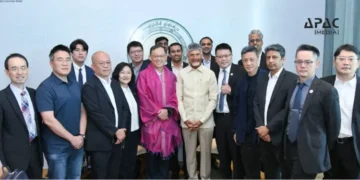
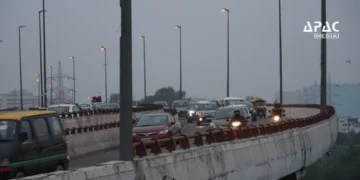

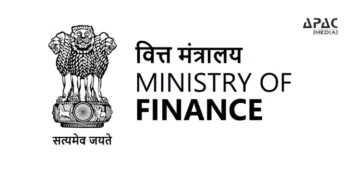






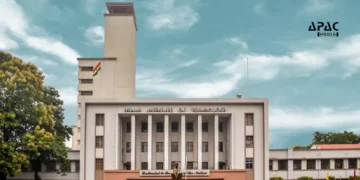
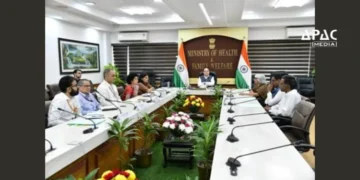
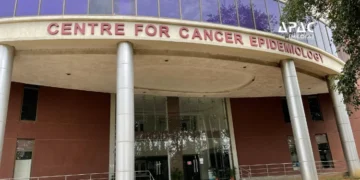


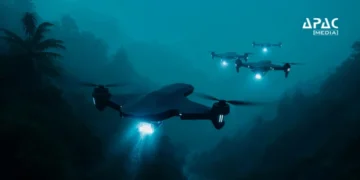
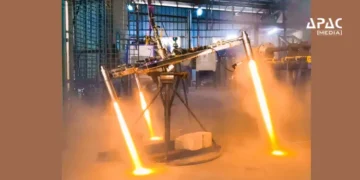

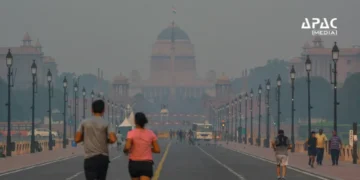


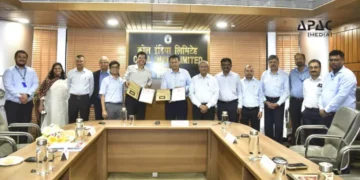
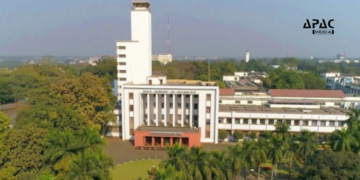

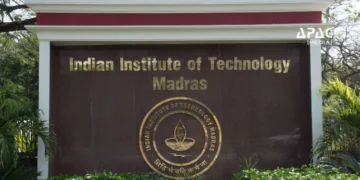
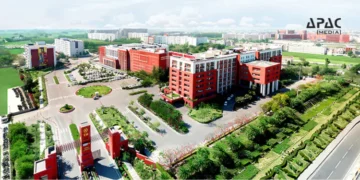
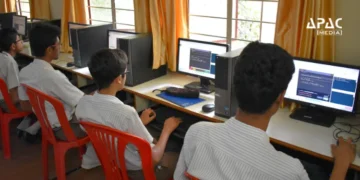

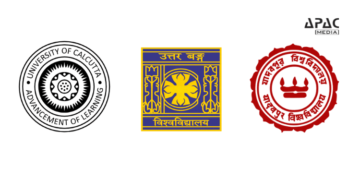





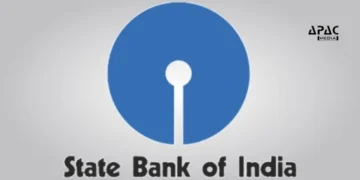


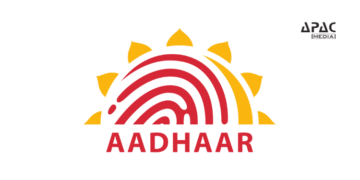

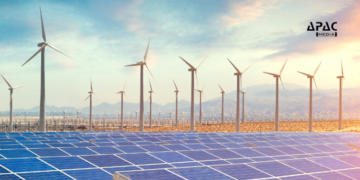

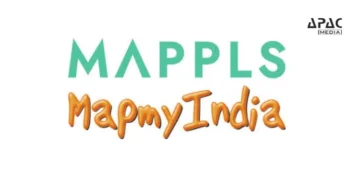








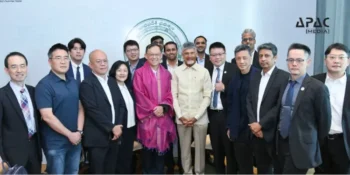







Discussion about this post